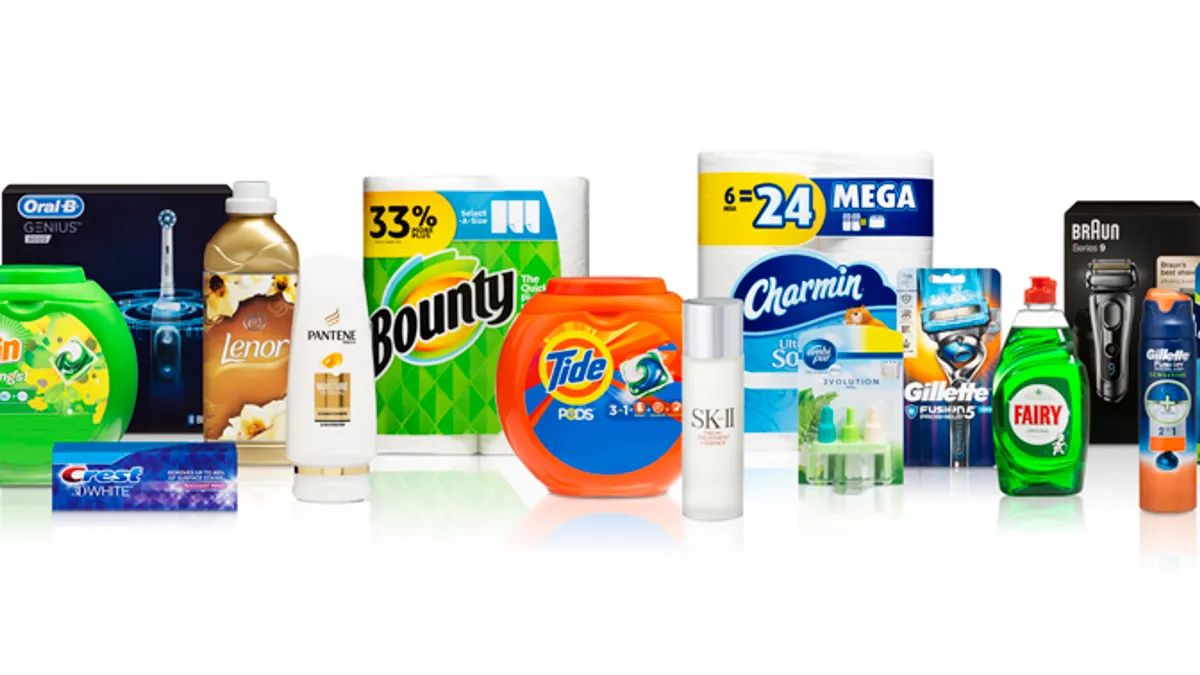Procter & Gamble has thrown its support Unified ID 2.0 (UID 2.0), the privacy-focused identity framework created by The Trade Desk, according to a blog post by the ad tech firm.
“P&G supports new solutions like Unified ID 2.0 that are designed to help improve the U.S. consumer advertising experience," said P&G senior executive Eric Austin in the post. "Advertisers and publishers need a consumer-centric identity solution that will raise the bar on privacy."
The CPG giant is the latest major ad world player to come out in support of UID 2.0, joining a growing list of brands, agencies, streaming platforms, publishers and ad tech firms. P&G last year reclaimed its title as the world's biggest advertiser from Amazon, with an estimated $11.5 billion spent on marketing in the fiscal year ending in June 2021, per Ad Age.
"P&G continues to be a force in moving the digital marketing industry forward," said Jeff Green, co-founder and CEO at The Trade Desk, in the post. "P&G recognizes that we need to work together as an industry to develop new identity solutions that preserve value for advertisers and publishers, and control for consumers."
UID 2.0 seeks to be a framework that supports transparency, privacy and interoperability, especially as cookieless environments like connected TV and mobile apps grow in popularity. It is also vying to be a replacement for third-party cookies, which Google will now begin deprecating in Chrome in the second half of 2024 — a delay that Green previously said has hardened the resolve of the ad industry to develop new approaches to identity.
Along with P&G, The Trade Desk has recently integrated UID 2.0 with the likes of Albertsons, Amazon Web Services and Vox Media, deals that demonstrate the continued adoption of the framework by ad world players across categories. Disney Advertising and The Trade Desk in July expanded their partnership to integrate Disney’s Audience Graph with UID 2.0 using Disney’s Clean Room technology.
The Trade Desk reported revenue of $377 million in Q2 2022, a 35% year-over-year increase, and expects continued growth as connected TV surges and advertisers shift priority from walled gardens to the open internet amid various pressures on Google.















